St. Louis Has Faced Deadly Epidemics Before
My last three posts had nothing to do with Coronavirus — not an easy task! While I’ve given you a break here it’s nearly impossible to escape news on new infections, closures…and deaths.
Watching the news as this epidemic worsens I’ve been thinking about earlier epidemics St. Louis has faced. Namely the cholera epidemics of 1849 & 1866.
The first known cholera in St. Louis was in 1832. More than 300 people died that summer, and more died during each of the following three summers. However, it was the epidemic of 1849 that wiped out nearly 10 percent of the city’s growing population. That epidemic occurred between April and August. Immigrants were arriving in St. Louis by the steamboat-load, and neither the boats nor the city had any sewer system. The combination was deadly. One source says more than 120 people died of cholera in April. The Missouri Republican newspaper normally reported five or six deaths a week, but during the epidemic, weekly deaths ranged from 150-640. On July 18 alone, 88 burials were reported — not by name, but by how many were buried in each cemetery.
The number of deaths dropped dramatically in August. The official death toll from cholera is 4,317 but is probably not accurate as many people were buried outside the city limits.
While cholera was trying to kill St. Louis with disease, another tragedy struck May 17 of that year that almost wiped out the entire town. (NewsTribune)
Wow, 1849 was a tough year in St. Louis with a fire destroying most buildings and boats plus cholera killing 10% of the population. Fewer were killed in 1866, though still in the thousands.
Prior to 1849 St. Louis leaders realized the need for a rural cemetary beyond the city limits. It opened just in time.
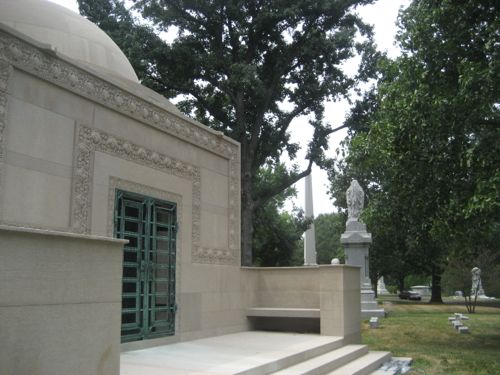
St. Louis was hit by the cholera epidemic in June of 1849, creating an even greater crisis as the death toll rose and land for burials diminished. The city’s rural cemetery, established just prior to the epidemic, could not have been timed more appropriately. By the early part of July, the epidemic had so alarmed the community that everyone who was financially able to do so, except the mayor, fled from St. Louis with their families. By the end of August, a whopping 4,317 people — nearly seven percent of the city’s population — had perished. (Bellefontaine Cemetary)
Glad cholera is a thing of the past….but it’s not.
From October 2018:
Many people think of cholera as a 19th century disease. This is true for high-income countries. But elsewhere, cholera never went away. The current pandemic – the 7th that has been recorded – has been ongoing since 1961. It is the world’s longest running pandemic.
Over the last year, cholera (or suspected cholera) outbreaks have struck in Algeria, Angola, Bangladesh, Burundi, Chad, the Democratic Republic of the Congo, Djibouti, Ethiopia, Kenya, The Kingdom of Saudi Arabia, India, Malawi, Mozambique, Nigeria, Niger, Somalia, Sudan, South Sudan, United Republic of Tanzania, Uganda, Yemen, Zambia, and Zimbabwe, while the long-running outbreak in Haiti continues.
Cholera sickens approximately 2.9 million people every year, and kills 95 000. The disease is endemic in more than 47 countries across the globe. In Africa alone, more than 40 million people live in cholera “hotspots” where outbreaks are a regular occurrence. Factors driving the outbreaks include climate change, forced migration, prolonged conflict, urbanization, population growth, and poor access to health services. Fundamentally though, cholera is the result of a lack of adequate water and sanitation.
Cholera is spread when people consume contaminated food or water. To put it bluntly, cholera spreads when people have no choice but to eat food or drink water that contain faeces. It is an acute diarrhoeal disease that can kill within hours if left untreated. Today more than 2 billion people worldwide drink water from sources contaminated with faeces, and 2.4 billion are without basic sanitation facilities. (World Health Organization)
Ongoing since 1961. Perspective.
Yes, our routines have been changed. Some will face financial hardships. Be thankfully we don’t have feces in our water supply.
And hopefully due to modern science this won’t be as bad as prior epidemics & pandemics.
— Steve Patterson
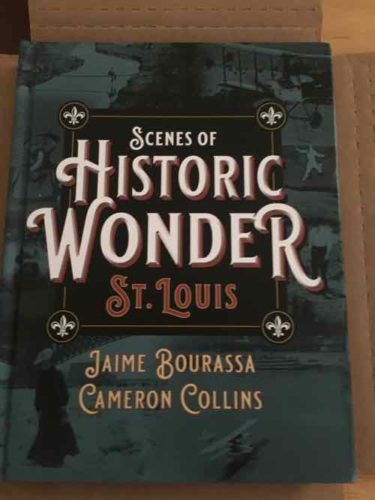 Local publisher Reedy Press comes out with many great books every year, usually on a specific subject. For example 2015’s
Local publisher Reedy Press comes out with many great books every year, usually on a specific subject. For example 2015’s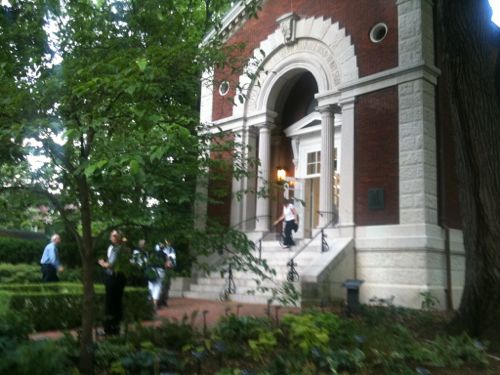
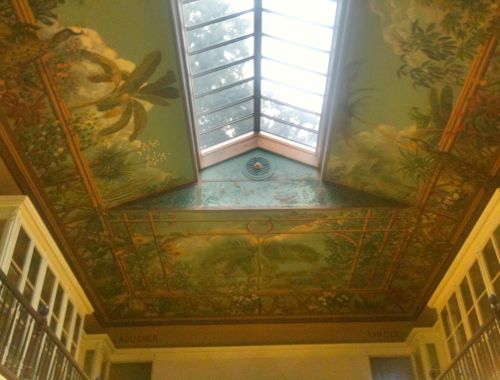
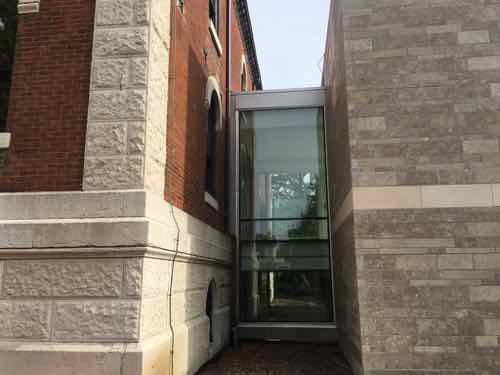

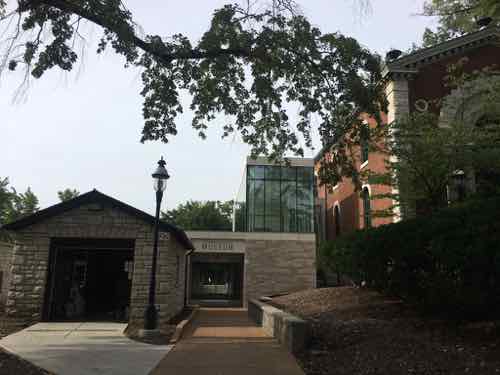
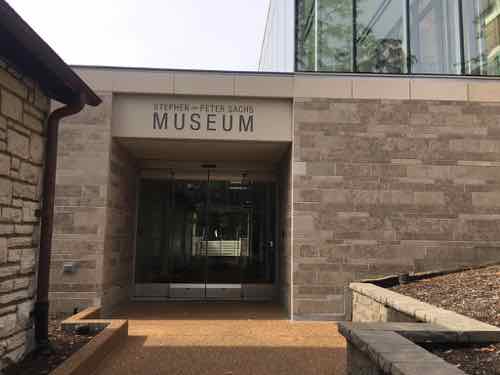
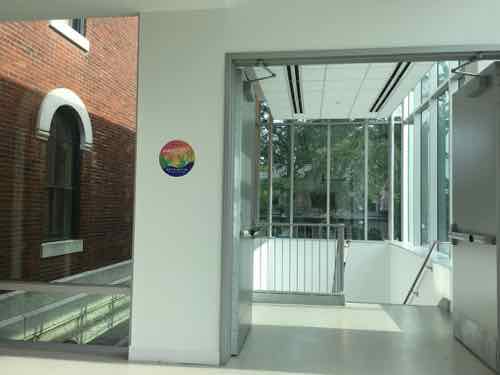
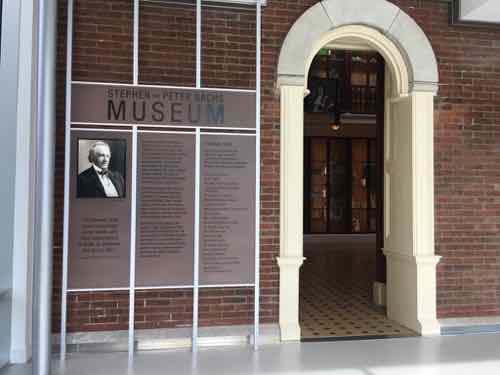
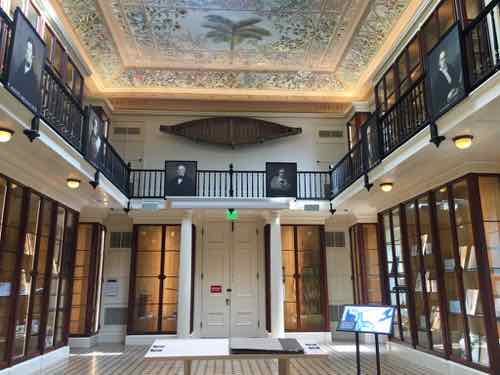
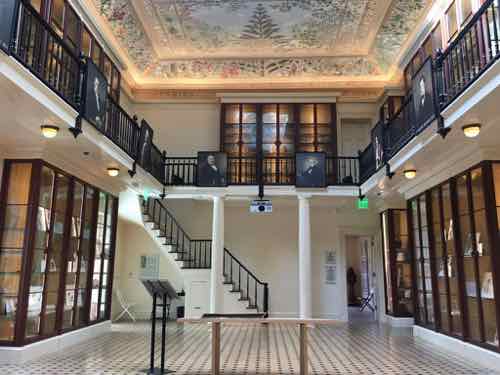
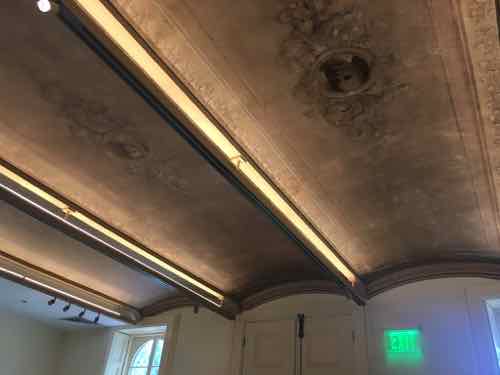
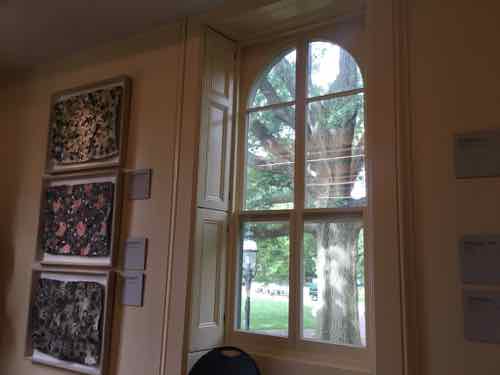
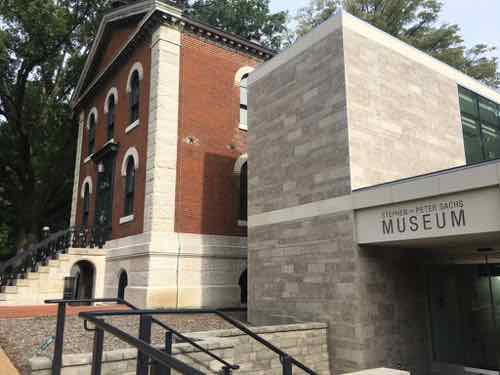
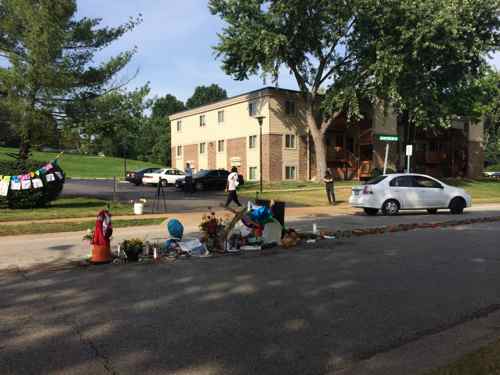
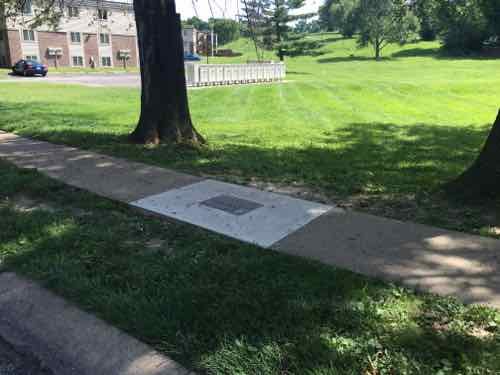

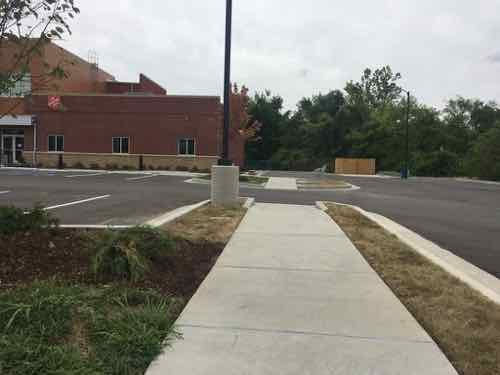
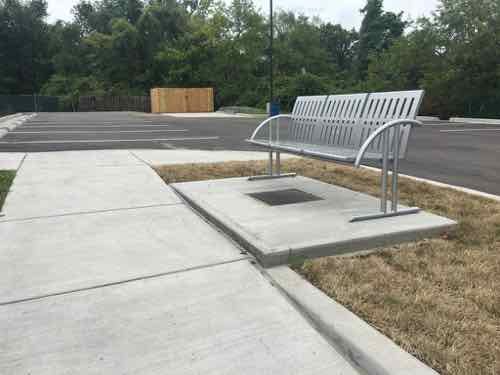
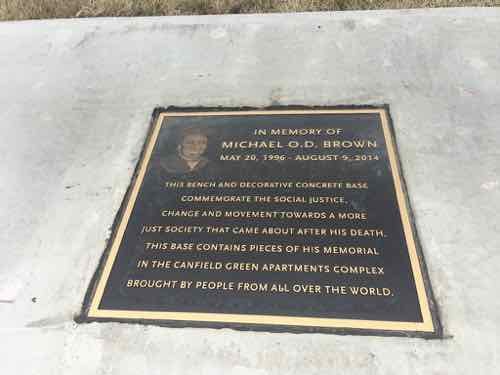
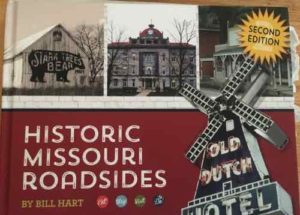 I’ve posted many times about day/weekend trips my husband and I have taken in small towns in Illinois & Missouri. Now we have a beautiful new hardcover book to guide us exploring more of Missouri. We especially like “two-lane” trips, as interstates are so boring.
I’ve posted many times about day/weekend trips my husband and I have taken in small towns in Illinois & Missouri. Now we have a beautiful new hardcover book to guide us exploring more of Missouri. We especially like “two-lane” trips, as interstates are so boring.